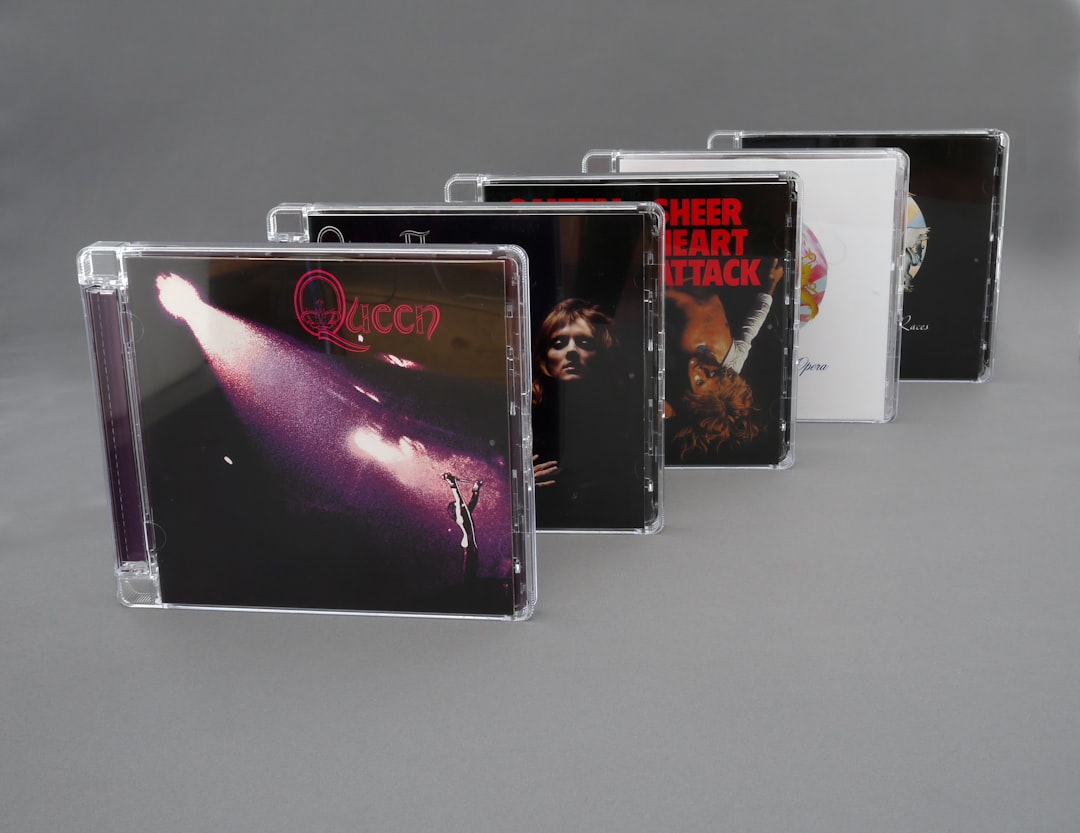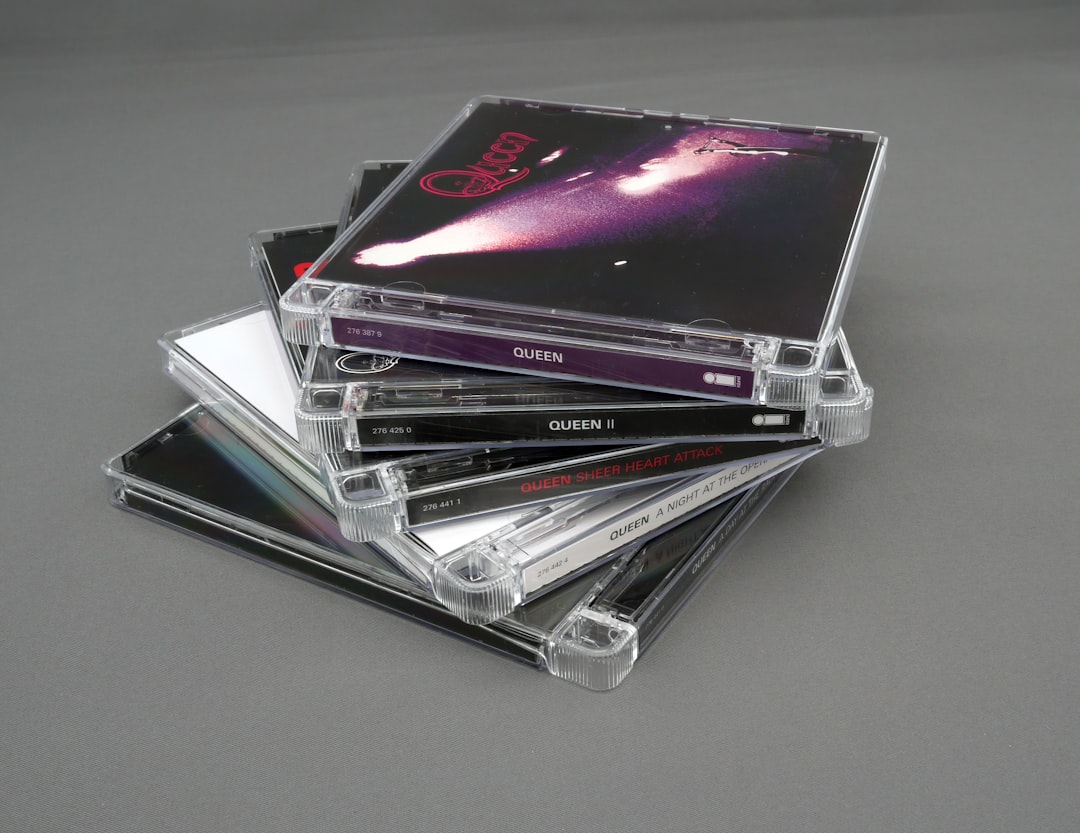Are you trying to decide between Blu-ray and DVD for your movie collection? With the rise of streaming services, physical media may seem outdated, but for movie enthusiasts, the quality and experience of physical media cannot be beaten. This comprehensive comparison will break down the pros and cons of each format, including picture and sound quality, storage capacity, and cost, to help you make an informed decision.

Brief history of Blu-ray and DVD
DVDs were introduced in 1995 and quickly became the standard for home video. However, with the advancement of technology, the need for higher quality and more storage capacity led to the development of Blu-ray discs. Blu-ray discs were first introduced in 2006 and offered superior picture and sound quality, as well as increased storage capacity.

Picture and Sound Quality
Blu-ray
Blu-ray discs use a blue laser to read the disc, which allows for a more precise reading of the data on the disc. This technology allows for a higher resolution and more detailed picture quality than DVD. Additionally, Blu-ray discs support lossless audio formats, such as Dolby TrueHD and DTS-HD Master Audio, which provide superior sound quality compared to DVDs.
DVD
DVDs use a red laser to read the disc, which is not as precise as the blue laser used in Blu-ray. This results in a lower resolution and less detailed picture quality than Blu-ray. DVDs also have limited audio capabilities, with the highest-quality audio format being Dolby Digital.

Storage Capacity
Blu-ray
Blu-ray discs have a maximum storage capacity of 50GB for dual-layer discs and 100GB for triple-layer discs. This increased storage capacity allows for extended features, such as director’s cuts, behind-the-scenes footage, and multiple audio tracks.
DVD
DVDs have a maximum storage capacity of 8.5GB for dual-layer discs. This limited storage capacity often results in a lack of extended features and limited audio options.
Cost
Blu-ray
Blu-ray discs are generally more expensive than DVDs, with new releases often costing $5-10 more than their DVD counterparts.
DVD
DVDs are generally less expensive than Blu-ray discs, with new releases often costing $5-10 less than their Blu-ray counterparts.

Compatibility
Blu-ray
Blu-ray discs require a Blu-ray player to be played, which can be more expensive than a DVD player. However, many gaming consoles and newer laptops come with built-in Blu-ray players.
DVD
DVDs can be played on any DVD player, which is widely available and often less expensive than a Blu-ray player.
Conclusion
In summary, Blu-ray discs offer superior picture and sound quality, and increased storage capacity, but at a higher cost and require a Blu-ray player. DVDs offer lower picture and sound quality, and limited storage capacity, but at a lower cost and can be played on any DVD player. Ultimately, the choice between Blu-ray and DVD depends on the individual’s needs and preferences. If you value high-quality pictures and sound and extended features, then Blu-ray may be the better option. If cost and compatibility are more important, DVDs may be the way to go. for more good topics